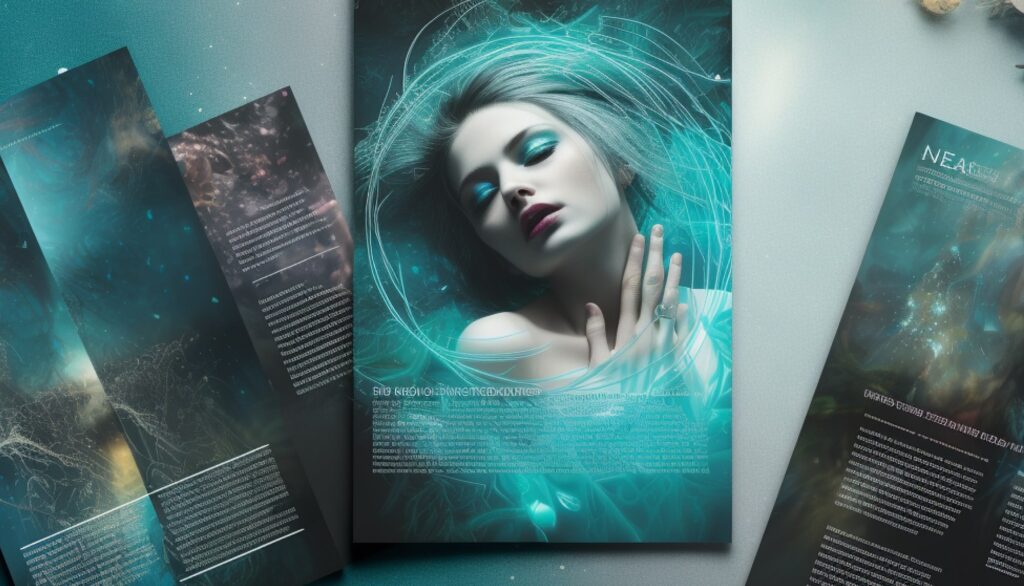Struggling to come up with newsletter content ideas each week? You’re not alone. Even seasoned entrepreneurs hit a wall.
The good news? You don’t need endless ideas. Instead of starting from scratch, you can rotate through a handful of engaging email formats that keep things fresh—and never repetitive.
Here’s how to keep your weekly newsletter engaging, relevant, and easy to write.
5 Newsletter Content Ideas That Never Get Old
The Story + Lesson Email
Curate your content. Share something that happened recently. A conversation. A client breakthrough. A mistake you made. Then tie it to a lesson or insight your readers can use.
This format feels personal, builds connection, and reinforces your expertise.
The “Behind the Scenes” Email
Pull back the curtain. Show people how you think, how you work, or how something in your business operates.
Examples:
- How you prep for a client session
- A tool you use every day
- A shift in your mindset or routine
These feel authentic and build trust.
The FAQ or Myth-Buster Email
Take a question you often get or a common belief in your industry and break it down. These kinds of emails are great for positioning and authority.
Bonus: You can reuse these in your sales process or website later.
The Curated Resources Email
Curate your content. Share a few things you’re reading, watching, or learning. Add your opinion or quick commentary.
This positions you as someone who thinks critically and stays on the cutting edge.
The Offer With Context Email
Don’t just drop a link and ask people to buy. Instead, frame your offer with a story, insight, or relevant tip.
Teach first. Then invite action. This keeps your selling human and not pushy.
How to Use These Newsletter Ideas Without Burning Out
You can rotate through these five formats again and again. They each serve a purpose:
- Build trust
- Show value
- Invite conversation
- Position your offers
When you use this kind of rhythm, you stay relevant without sounding repetitive.
Want a Done-for-You Solution?
Want help creating consistent, brand-aligned content every week? Daily.ai takes the pressure off by creating fresh, on-brand newsletters for you using your voice and content your audience actually wants.
Our AI rotates proven formats, learns from what gets clicked, and even creates trust-building blog-style content so your emails never feel repetitive. You just review in under five minutes.
Over 200 clients across 27 industries, including thought leaders like Tony Robbins and Peter Diamandis, trust Daily.ai to keep them consistent and relevant. Want that kind of support? Visit www.daily.ai to get started.
FAQs About Newsletter Content Ideas
How do I avoid repeating myself in my emails?
Use a variety of email formats and rotate your content themes. Repetition happens when you stick to the same structure every time.
Can I reuse content I’ve already posted on social media?
Absolutely. Repurposing strong ideas into email content is smart and efficient.
What day of the week is best to send a newsletter?
Mid-week tends to perform well, especially Tuesday through Thursday. Test what works for your audience.
How long should each email be?
Aim for 300 to 500 words. Enough to share something valuable without overwhelming the reader.
Should every email include a call to action?
Yes, but it doesn’t have to be a sales pitch. Ask for a reply, share a link, or invite feedback.
What if I have a small list?
Engagement matters more than size. A small, loyal audience can drive better results than a large, cold one.
Can AI really help me write better emails?
Yes. AI can help brainstorm, outline, and draft emails based on your voice and audience.
What’s the fastest way to get unstuck when I don’t know what to write?
Use one of the five formats above. Pick a story, question, or resource to build around.
How often should I promote my services in email?
Every few emails is fine as long as you’re adding value and not just pitching.
How do I keep my emails aligned with my brand voice?
Write like you talk. And if you use a service or tool, make sure it’s trained to match your tone.


















